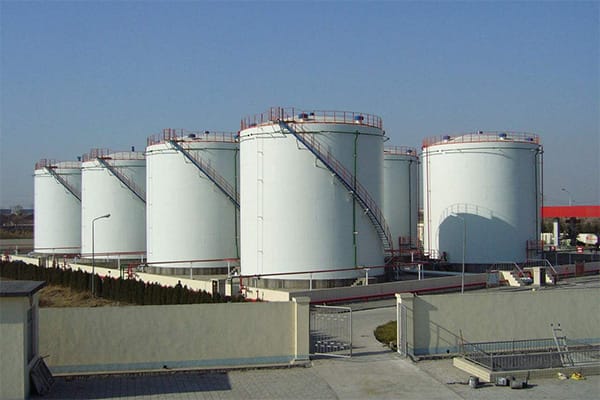Brent crude oil is currently traversing a trading range of USD 75-80 per barrel. Despite the presence of recent supply disruptions and escalating geopolitical tensions in the Middle East, the prevailing market sentiment tends towards a bearish outlook.
The aftermath of supply disruptions during the US cold snap has resulted in stock builds, and with imminent refinery maintenance in Q1, further increases are anticipated. The market keenly awaits OPEC export data in January to assess compliance and glean insights into the future dynamics of the oil market.
On the other hand, the gas sector, despite facing challenges from a cold snap and Red Sea disruptions, persists in remaining relatively bearish at around EUR 30 per MWh. This trend is attributed to weak industrial demand, a surplus of supply, and the sustained elevation of gas stocks.
As Europe successfully navigates the current winter with ease, expectations point towards commencing the next winter with robust gas stock levels. While the market outlook appears stable, bullish risks may resurface in Q4 2024, as indicated in the Global LNG forecast dated January 24.
Turning attention to power markets and emissions, a fundamentally bearish outlook prevails. The sluggish recovery of industrial demand and the surge in low-marginal cost generation from renewables contribute to this trend.
Over the next six months, a strong growth trajectory is anticipated for solar energy, further diminishing the demand for coal generation. In the emissions market, EUA prices linger near two-year lows due to weak fundamentals. Support at these levels is expected from both policy initiatives, with Germany advocating for a EUR 60 per ton floor, and economic factors, as EUAs below EUR 70 per ton sustain profitability in lignite generation.
And finally, metals, base metals have experienced downward pressure in January. This is attributed to a strengthening USD and disappointing Chinese data, particularly in the construction sector.
The USD is expected to continue exerting pressure through February, although signs of stabilization in European manufacturing and a rebound in US activity suggest limited downside for metals this month. Meanwhile, precious metals such as gold found support in January amid geopolitical tensions and a US bank failure.
However, the release of robust US non-farm payroll data in early February indicates a challenging road ahead for gold to secure further gains in the coming month.
Market commentary and analysis from Luca Santos, currency analyst at ACY Securities









